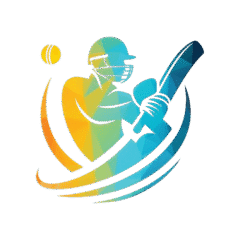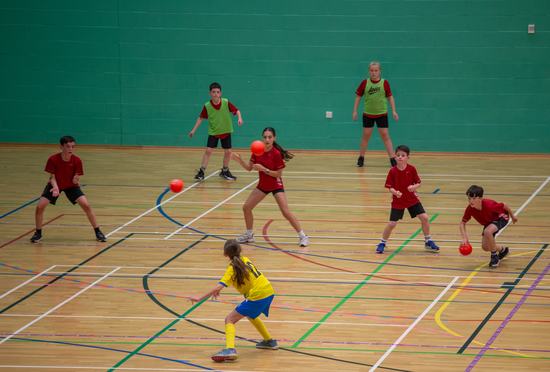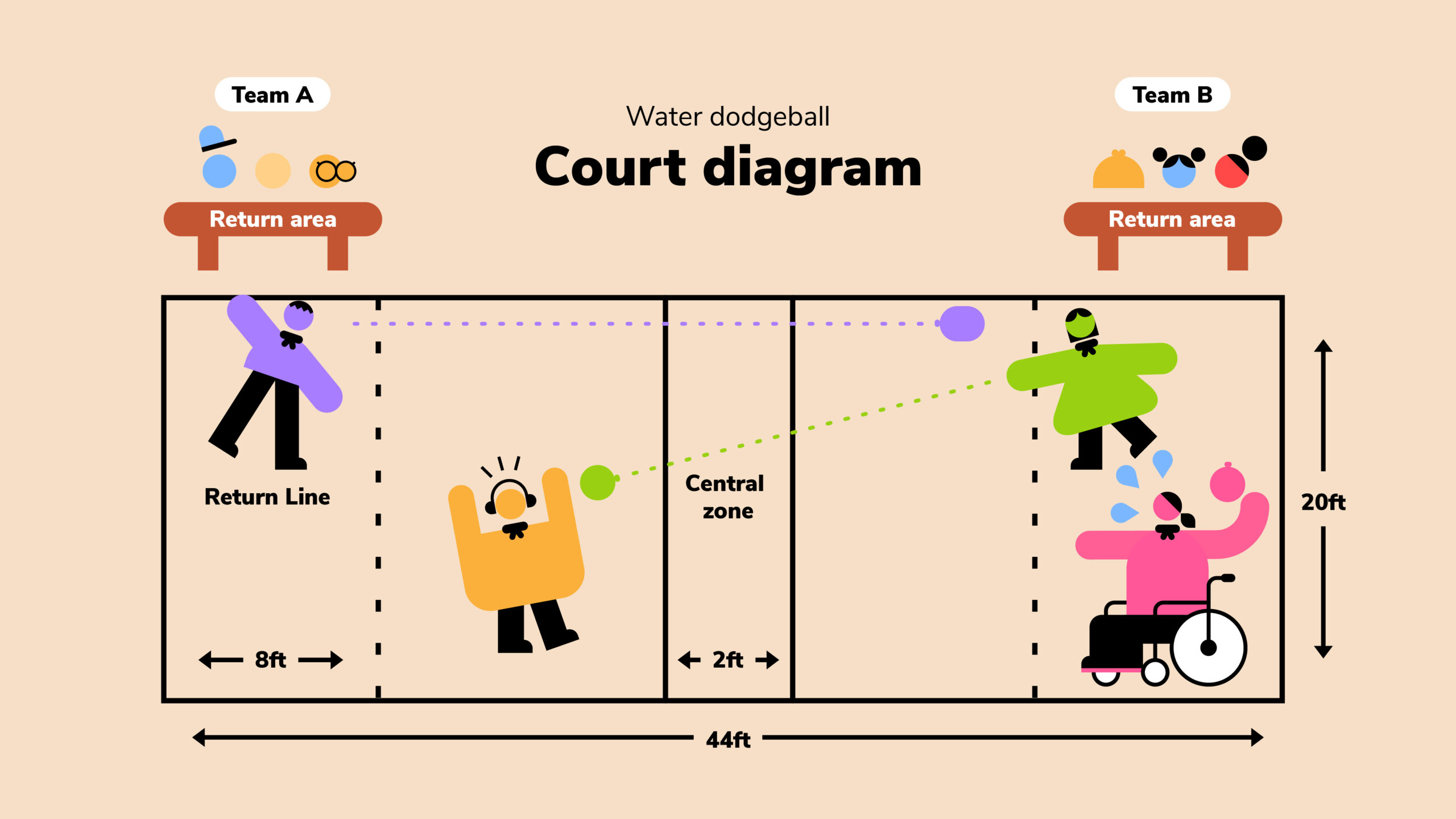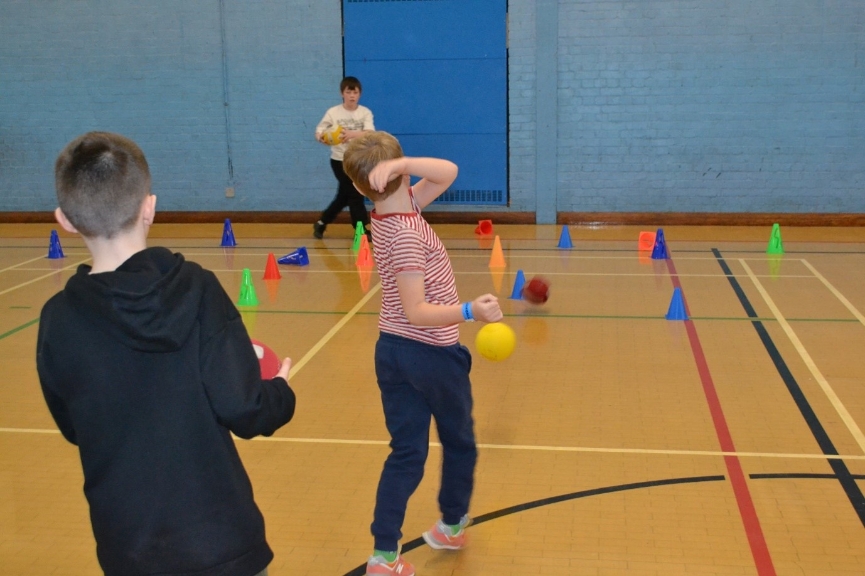It is an exhilarating sport that requires a lot of skills, strategy, and finesse. Whether you are gearing up for a competitive match or to improve your game, solitary practice can work wonders. Here’s what we shall cover in this article: drills that will enhance your throwing accuracy and dodge skills.
Why Solo Practice Matters in Dodgeball
But before getting to practice, let’s talk about why solo practice is valuable. When you train alone, you’re in a better position to concentrate on certain skills that you might not otherwise have, not being distracted by being in the presence of a teammate or opponent. This helps to figure out where your strengths and weaknesses lie so that improvement overall happens at a faster rate.
Basic Dodgeball Skills
You can’t win at dodgeball without a few basic skills:
- Throwing Accuracy: Be consistent in hitting your target.
- Speed and Agility: It’s quick movements that make all the difference between dodging the ball and getting a hit.
- Dodging Techniques: Learning to Parry Thrown Attacks.
How to Boost Throwing Accuracy:
1. Target practice
Set objectives about your practice field. For instance, you could be using cones, buckets, or even empty soda bottles. You can set them at different distances and start hitting with different types of throws-overhand, sidearm, and underhand. The drill will not only increase your accuracy but also your confidence in hitting the target.
2. Wall bounce drills
Find a good wall to practice on. Stand several feet back, and shoot at precise points on the wall, varying your power and throw angle. It best matches the playing conditions and allows you to learn how to adjust your throw to the distance and target.
3. Distance challenges
You install markers at various distances and try hitting them all. You start in close positions, go backward, and at the farthest position, you can stop. A precise throw with a powerful force throw will train for many situations you will need to get out of in the game.
Exercises to improve your speed and agility:
1. Ladder Exercise
The first best thing that will help you improve your foot speed and coordination is the stairs. Do several drills with the ladder, using lateral movements. The purpose of this drill is that you will be forced to change direction quickly, a movement in the game of dodgeball.
2. Cone drills
Place the cones in different formations and run between them, sometimes chugging in quick shuttle maneuvers and steals while you’re running. It will make you go faster and get your body ready to react quickly and in the best possible ways when it is playing in a game.
3. Sprint intervals
Sprinting can make you go faster pretty rapidly, but you actually just sprint as long as the length of the distance as fast as you can and then take a short break and repeat it.
For fun, try focusing on emphasizing the explosive launch — that feeling of launching yourself into space — to simulate how you hit the court in a game. Will explode.
Dodging practice:
1. Shadow dribbling
Imagine someone throwing a ball at you. Go to a wide open space and practice a variety of dodges, from sidestepping to ducking to jumping. Shadow dodging allows you to move smoothly and fluidly and speed up your reaction time.
2. Drills for reaction time
To improve your reflexes, you have to create a scenario by pretending to play dodgeball. You can use a timer or bring in a friend; with that, you will be better than in real games because you can react as quickly as possible to a pretend throw.
3. Movement patterns
Prepare dodging and throwing sequences. For example, dodge left, dash right, and then throw. Through such repetition, you will develop muscle memory that makes your movements in the game automatic.
Game scenario situations:
1. Solo scrimmage
Arrange the cones to simulate a play environment. Throw at the targets while circling as if you were dodging balls. Use this scenario to practice all your practical skills in a more active scenario.
2. Video analysis
Consider videotaping some of your rehearsals. Watching the tapes will reveal things you don’t see in the process. Self-analysis is incredibly helpful in sharpening your skills.
Conclusion:
Solo drills are essential to sharpening your game and building your confidence. These exercises improve your timing, speed, and accuracy in tossing and dodging. Consistency is always key: take the time each week to practice dodgeball solo and you’ll see a lot of improvement.




